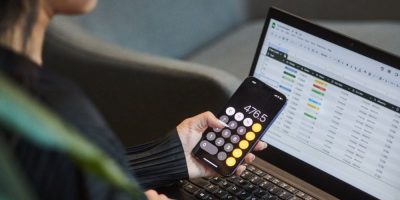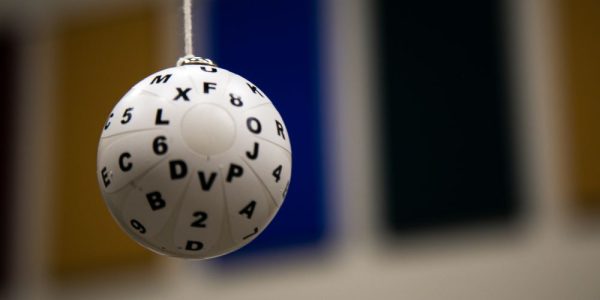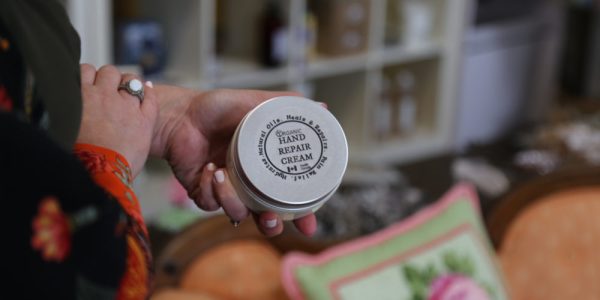
You’ve had a rough day, so you hit add to cart. That quick dopamine hit feels good — until your credit card bill shows up and the regret for your emotional spending kicks in.
Sound familiar?
Emotional spending is one of the most common (and quietly damaging) financial habits. But it’s also one of the most fixable — once you understand what’s driving it.
Barrie's News Delivered To Your Inbox
By submitting this form, you are consenting to receive marketing emails from: Central Ontario Broadcasting, 431 Huronia Rd, Barrie, Ontario, CA, https://www.cobroadcasting.com. You can revoke your consent to receive emails at any time by using the SafeUnsubscribe® link, found at the bottom of every email. Emails are serviced by Constant Contact
What is emotional spending?
Emotional spending is when you buy things not out of need or even real desire … but as a reaction to how you're feeling.
Stress, boredom, sadness, loneliness, anxiety, even happiness. All of these emotions can send us reaching for our wallets. And often, it’s not about expensive shopping sprees. It’s those small, seemingly harmless purchases that add up fast: takeout after a hard day, another new candle “just because,” or a cart full of impulse buys during a late-night scroll.
It feels like self-care in the moment. But it’s usually followed by guilt, stress, or financial strain.
That’s the emotional spending cycle … and breaking it means learning to respond to your feelings in new ways.
What triggers your spending?
Everyone has different triggers. The key is figuring out yours.
Some of the most common emotional spending triggers include:
- Feeling stressed or overwhelmed
- Seeking comfort or reward
- Experiencing boredom or restlessness
- Comparing yourself to others online
- Feeling out of control in other areas of life
Try tracking your spending for a week or two. Don’t just pay attention to what you buy, but how you felt when you bought it. You might start to see patterns you didn’t notice before.
What are you really trying to buy?
Emotional spending often isn’t about the item. It’s about the feeling we hope the item will give us.
You might not be craving that $12 latte. You might be craving comfort, a break, or a sense of control. That new outfit might represent confidence or a fresh start. Recognizing what you’re actually trying to soothe helps you find healthier ways to meet that need.
This doesn’t mean you can never treat yourself. It just means you should be intentional and make purchases from a place of choice, not impulse.
How to stop the cycle
Once you’ve spotted your triggers and understand the emotional payoff you're chasing, you can start to change your habits.
Here are some strategies that help:
1. Pause before you purchase
When you feel the urge to spend, give yourself a 24-hour buffer. That delay helps break the emotional impulse and gives your logical brain time to weigh in.
2. Build a comfort list
Make a list of non-spending ways to feel better when emotions hit. This could include going for a walk, journaling, calling a friend, watching a favourite show, or doing something creative.
3. Set boundaries with online shopping
Unsubscribe from promo emails. Remove saved payment info. Use apps or extensions that block tempting sites during your most vulnerable times.
4. Practice mindful spending
Before each purchase, ask: Do I need this? Do I want this? Am I trying to feel something? Even just pausing to ask those questions builds awareness — and awareness is how change begins.
5. Work on the root causes
Emotional spending is often just a symptom. If stress, anxiety, or self-esteem issues are underlying causes, consider tools like therapy, support groups, or coaching to get to the root.
What if I slip up?
You will. Everyone does.
The goal isn’t perfection … it’s progress. One emotional purchase doesn’t undo the work you’re doing. What matters most is noticing it, understanding it, and trying again next time with more insight.
Be kind to yourself – learning new habits takes time, especially when they’re tangled up with emotion.
Rewriting your story with money
Breaking the cycle of emotional spending isn’t just about saving money. It’s about building a relationship with money that feels less reactive and more intentional.
When you stop using shopping as a band-aid, you start making space for deeper satisfaction: financial freedom, emotional clarity, and confidence in your choices.
And that’s worth more than anything in your cart.
RELATED: Set your shopping calendar to off-season for big savings ...











